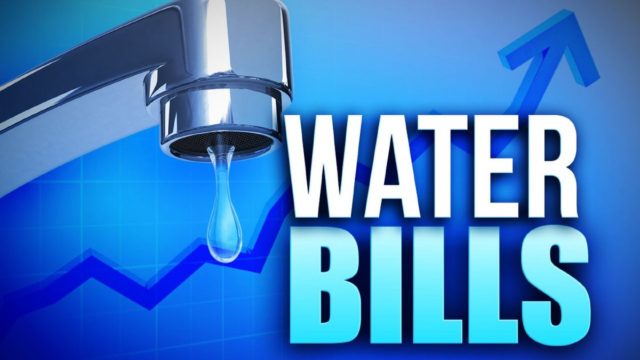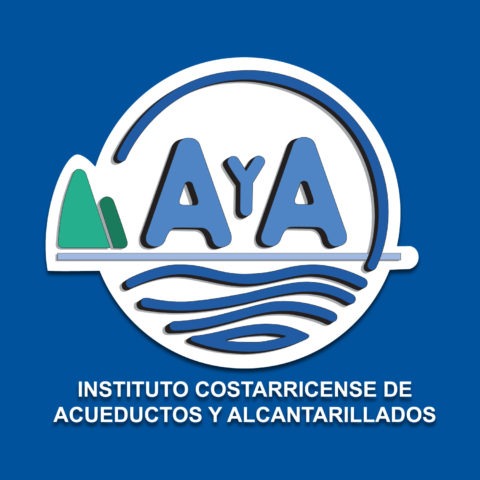
In social networks, complaints from subscribers of the Costa Rican Institute of Aqueducts and Sewers (AyA) circulate of alleged receipts with high figures. The entity affirms that, so far, it has no record of new problems, although isolated cases are not ruled out.
The institution informs that it has facilities available to make payment arrangements on pending invoices for any period, with the premium and amount of installments adaptable by the regulations.
These arrangements can be requested by the e-mail: [email protected] The requirements to request them are Full Name, NIS number, province, canton, identification number, or valid identity document and photograph.
AyA starred in a wave of complaints months ago by subscribers who complained of overcharged receipts
The institution has recognized ₡ 2,537 million as of July 30th, in the process of automatic adjustments for invoices with excessive amounts presented since last May. Of that amount, ₡ 2,147 million have already been applied to invoices affected as of July 30th (83% of the total amount); the remainder will be applied to subsequent receipts. This recognition has been made through credit notes in the following invoices.

“The correction in the invoiced amount has been made through a proration, which consists of proportionally distributing (equitably) the amount for invoicing of the services associated with consumption obtained by the difference in reading in the hydrometer between two periods of actual reading”, Indicated the institution.
AyA explained that in the case of users who had already paid the receipt that was later modified, a credit note is applied to the invoice for the following month. “If later they have an excess amount left, the user can request the refund of money to a bank account. In this way, until August 19, ₡ 7.46 million have been reimbursed to users”.
If there are differences in uncollected consumption, they will be charged to the receipts on a prorated basis in the coming months. In other words, in subsequent billings, the uncollected differences corresponding to the months in which the consumption was estimated (March and April) would be charged. The term to pay these amounts can be adjusted according to the subscriber’s request and by the regulations.

